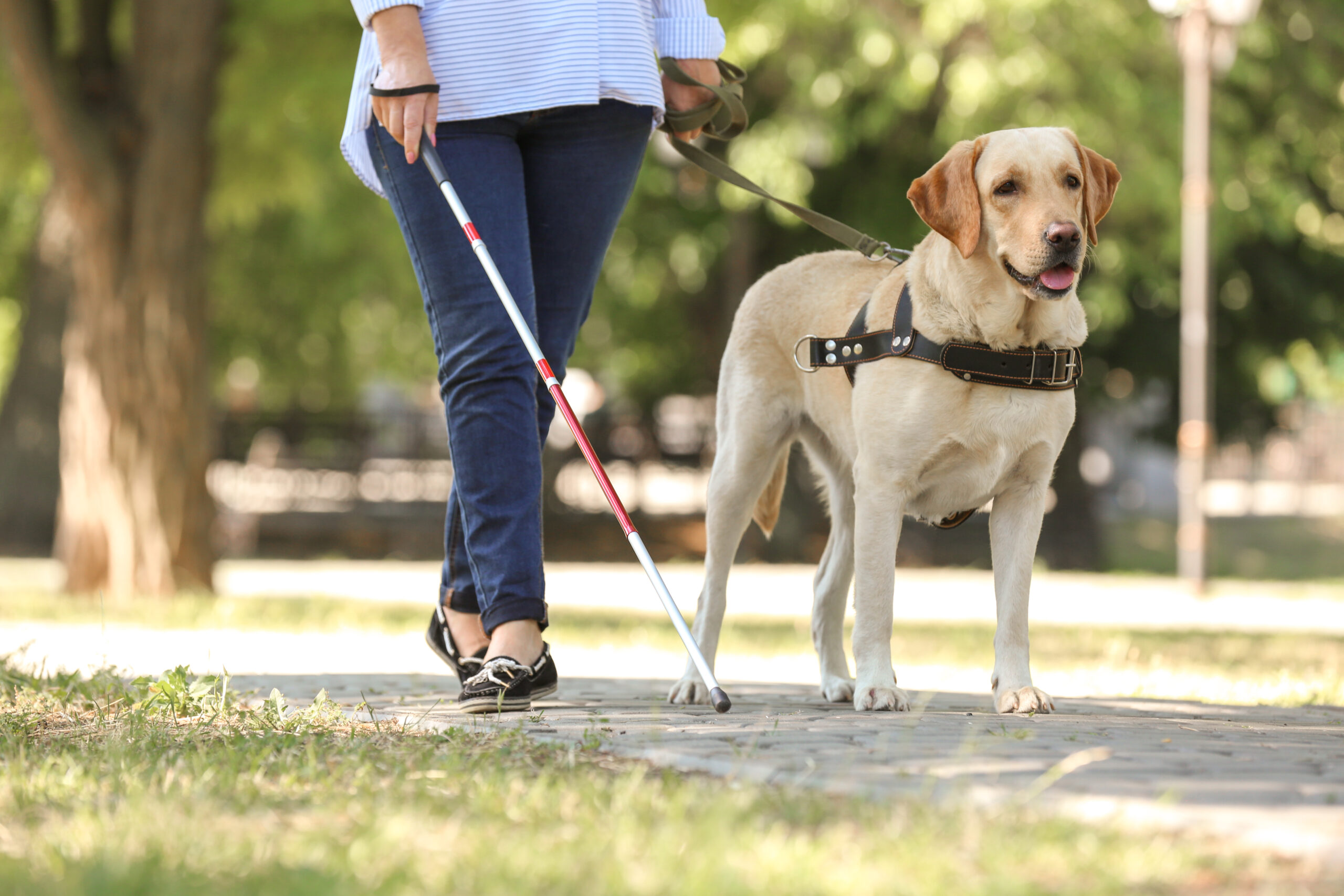
TPD Claims Advice: How to Claim TPD in Seven Steps.
To claim a TPD payout you need to qualify under the criteria set out in your TPD policy. But just because you qualify for a TPD claim doesn’t mean your claim will be a simple process. What many people fail to understand is that you also need to complete a thorough application that clearly shows why you qualify. As a result, a lot of valid TPD claims get rejected by insurers or are abandoned because the process becomes too difficult.
In this guide we’ve included the top TPD claim advice tips from our lawyers and summarised how to claim TPD in seven steps, based on our experience winning thousands of TPD claims for our clients.

Do I qualify for a TPD claim?
If you’ve been off work for three or more months due to injury or illness, with no prospect of returning to work, then it’s possible that you qualify to make a TPD claim. But different policies have different provisions and definitions, so you’ll need to check your policy to confirm that you qualify.
For example, your TPD policy might cover you for:
- Being unlikely to be able to return to work in your occupation
- Being unlikely to be able to return to work in any occupation
Read on to learn more about qualifying for a TPD claim, or you can call 13 15 15 and find out if you qualify over the phone.
How do I claim TPD?
Start by getting in touch with your superannuation fund. They’ll ask you to complete some forms and they’ll carry out an initial assessment. At this point, they’ll usually ask you for evidence of your injuries or illness. You’ll also need to make a written submission to the superannuation fund explaining why your claim should be approved.
Following this, your TPD claim will be passed onto the insurer who will carry out their own assessment and decide whether to approve or deny your claim. The insurer could also ask for more evidence in support of your TPD claim.
Although time frames can vary, this process typically takes up to six months to complete.
Although this sounds straightforward, just submitting your claim doesn’t guarantee it will succeed. Read on to learn the seven steps we recommend to claim everything you’re entitled to and give your claim the best possible chance of success.
How to claim TPD: the seven steps to a successful claim.
How to claim TPD step 1: Identify your policies.
The first step is to identify all your TPD policies. Many people have multiple super funds from having had multiple jobs over the years. If you have multiple super funds, then you might have multiple TPD policies you can make TPD claims against. Your member statements will indicate what insurance cover is included with each fund, so start by gathering the statements and make a list of which of your super funds have TPD policies.
TPD claims advice tip: If you’ve lost your statements or you’re not sure what insurance is included, you can call 13 15 15 for help. We can contact your super fund for you and help you work out what you’re entitled to.
How to claim TPD step 2: Check which policies were valid.
To make a TPD claim your policy will need to have been valid at the time you became injured or ill. This can be a grey area, as some illnesses and injuries develop over time. So if you’re unsure, think about the date you first became aware of your injury or illness. Then look at which of your TPD policies were valid at that time.
How to claim TPD step 3: Review the approval criteria.
Read through the terms of your TPD policy (or policies) to understand what qualifies for a lump sum payout. For example, your TPD policy might cover you for:
- Being unlikely to be able to return to work in your occupation
- Being unlikely to be able to return to work in any occupation
TPD claims advice tip: With some TPD policies in Australia, you don’t necessarily have to be unfit for all work to make a successful TPD claim.
How to claim TPD step 4: Submit a thorough application.
This is the most important TPD claim advice we can give you. Many people simply complete the application forms and assume their claims will be approved. But if you do that and fail to supply all the evidence needed to support your TPD claim, it’s likely the insurer will simply keep asking you for more information and the process can really drag on. This is why many people who handle their own TPD claims end up failing to get the TPD payout they’re entitled to – they simply give up out of frustration.
Our TPD claim specialists can compile all the evidence and submit your claim for you so that the insurer has all the information they need and you’re more likely to get your TPD claim approved.
How to claim TPD step 5: Explain why your claim should be approved.
This is also essential TPD claim advice and a key part of a successful TPD claim, but something that’s often overlooked by people who have their TPD claims rejected. A well-written submission will clearly state how your situation satisfies the criteria in your TPD policy. Our TPD specialists write literally hundreds of these submissions every year. When insurers see well-written applications, they know they’re dealing with claims that have been professionally prepared and are highly likely to be valid claims.
TPD claims advice tip: A poorly prepared submission or application may be seen by the insurer as an indicator that the claim may not be valid.
How to claim TPD step 6: Follow up with the insurer.
Being proactive will help avoid unnecessary delays and frustration in making a TPD claim. Don’t assume that the insurer will tell you immediately if anything is missing or not filled out correctly – follow up with the claim assessor to check on the status of your claim, and make sure they have everything they need from you.
How to claim TPD step 7: Follow the dispute process if your claim is denied.
If your TPD claim is denied don’t assume that’s the end of the matter – there are options available to dispute insurers’ decisions. Our TPD specialists have made successful TPD claims on behalf of many clients who originally submitted their own claims and had them denied.
Call 13 15 15 or chat to us now for free advice
Chat nowFind out how much you can claim.
Get startedWhat percentage of TPD claims are successful?
According to a 2019 ASIC report*, the percentage of TPD claims approved varies from 71% to 91% across Australian insurers. So with some major Australian insurers, as many as 3 in 10 claims may be declined.
But remember – a strong, well-written application that demonstrates why you qualify for a TPD claim will give you a much better chance of success.
TPD claims advice tip : A strong application provides full and clear evidence of injuries that includes evidence like medical reports and X-rays, workers compensation files, as well as evidence that you can no longer work.
*ASIC Report REP 633: Holes in the safety net: A review of TPD insurance claims (page 14), as at August 2023.

How to claim TPD: understanding what could get your claim rejected.
Understanding what could get your TPD claim rejected can help you make a successful claim.
Some of the more common reasons include:
- Submitting your TPD claim too late
- A dispute over evidence that you’ve provided
- The evidence provided being too weak
- Not meeting age restrictions
- Not meeting work history requirements
- Your insurance policy becoming inactive
If you’ve had a TPD claim rejected, you might still be able to reverse the insurer’s decision and have your TPD claim approved.
For example, if you’ve submitted a claim with weak evidence, it might be possible to track down and submit stronger evidence. Or if you’ve submitted your claim too late, there may be legitimate reasons for the delay which can be overlooked.
The biggest mistakes we see when TPD claims get denied are a lack of evidence, missing details, or a failure to provide all the right information. This sends the claim back and forth with the insurer and can cause the process to drag on before ultimately leading to a rejection.
It’s important to remember that because most people have never submitted a TPD claim before, they’re in a weaker position. And although they may be entitled to a TPD payout, missing critical information and evidence can frustrate the process or lead to a TPD claim rejection.
Call 13 15 15 or chat to us now for free advice
Chat nowFind out how much you can claim.
Get startedWas your TPD claim rejected?
If you’ve had your TPD claim rejected, our TPD specialists might be able to help.
TPD claim advice tip: Just because you’ve been declined doesn’t mean you don’t have a claim. It could be because you haven’t submitted strong enough evidence or that you’ve missed something during the claims process.
If you’ve had a TPD claim rejected, our TPD specialists can:
- Look at your TPD claim and identify where things went wrong
- Advise you on whether you have a good case
- Lodge a dispute with the insurer against your TPD claim rejection
- Strengthen your case with extra evidence and other missing pieces
- Fight to reach a settlement
Call us today on 13 15 15 if you’d like free TPD claim advice, or to learn more about how our TPD claim lawyers can help you make a successful claim.

Shane Butcher
Principal
An accredited specialist in personal injury law and spokesman for the Australian Lawyers Alliance, with the best part of 20 years’ experience in assisting injured Australians receive everything they’re entitled to.
Related articles.
Do I have a case?
Our senior lawyers will assess your case for free.











